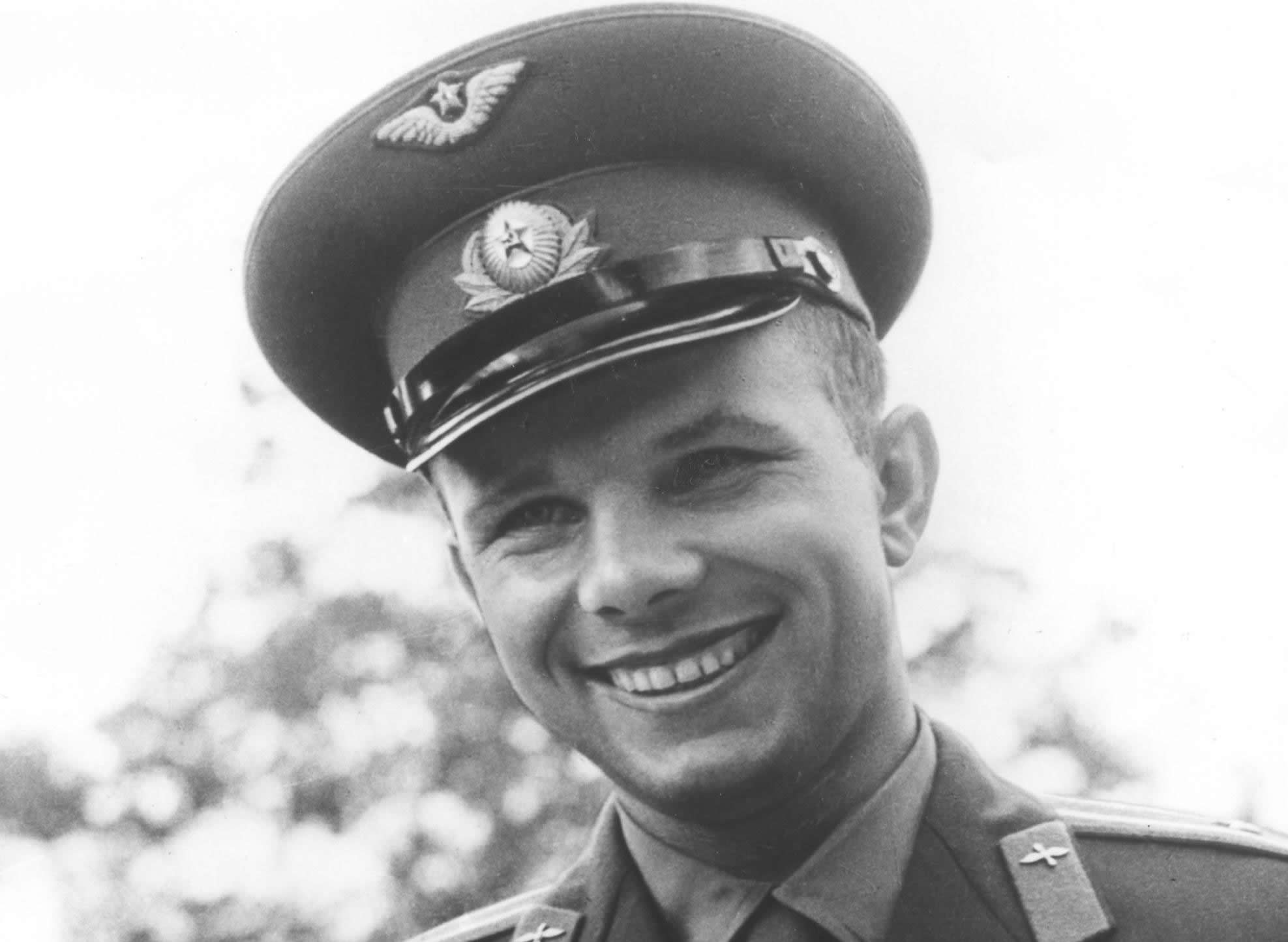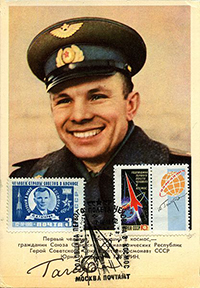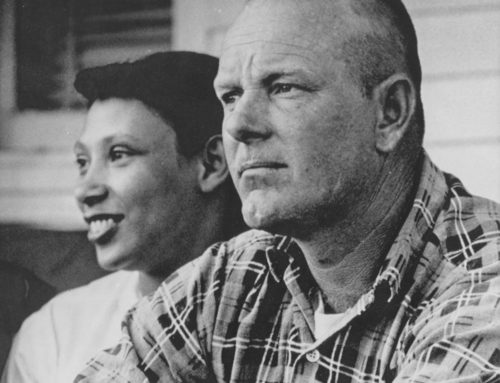There are certain people in history that have changed things forever by virtue of being the first to do something of significance. Yuri Gagarin was one of those people. For centuries pundits, scientists and philosophers alike have formulated theories of what the world must look like from space. Until the 6th Century BC every civilization accepted a model of the Earth as a flat disc. In India the disc balanced on the back of a great elephant while Asian cultures were resolve that it was a sea turtle swimming in the vast ocean of space.
Greek astronomer Pythagoras developed the paradigm of a spherical Earth, although most Pre-Socratics virulently retained the flat Earth model. Aristotle accepted the spherical shape of the Earth on empirical grounds around 330 BC, and knowledge of the spherical Earth gradually began to spread beyond the Hellenistic world. One common element remained – the Earth, be it flat disc or spheroid, was floating in a vast space. While theories of how the Earth looked from this space had sharpened a bit, alas no man had see the Earth from space.
It took many centuries, more than a millennium, for there to be a first-hand account of what the Earth looked like from space. In the late fifties, at the height of the cold war, the U.S. and Russia became embroiled in a prideful race to put a man into space; to have a man safely return to Earth with a first hand account of what the world looked like.
Yuri Gagarin grew up on a small communal farm behind the Iron Curtain. He saw more than a little adversity. Like millions of people in the Soviet Union, the Gagarin family suffered during Nazi occupation in World War II. His village was occupied in November 1941 during the German advance on Moscow, and an officer took over the Gagarin residence. The family was allowed to live in a 10’ x 10’ mud hut on the property, although his two older siblings were deported to Poland as slave labor.
After the war Yuri became an apprentice and studied foundry work. His extremely high intelligence was noticed at a vocational school in what would be the equivalent of 7th grade so he was selected to attend a technical college where he studied tractor engineering. He also volunteered as a Soviet air cadet and learned to fly a biplane, then later other types of aircraft. After graduating from the technical school in 1955, the Soviet Army drafted Gagarin. He was sent to Air Force Pilot’s School in Orenburg, where he excelled in aeronautics, flying planes like the MiG-15. It was during this time that he met Valentina Ivanovna Goryacheva. They were married on the same day Yuri graduated in 1957.
Yuri ultimately became one of 20 possible candidates for Russia’s race to space. The 20 were submitted to rigorous testing and scrutiny. In the final test a psychiatrist recommended Yuri for the almost certainly fatal mission describing him thusly:
High degree of intellectual development; fantastic memory; distinguished from colleagues by his sharp and far-ranging sense of attention to his surroundings; a well-developed imagination; quick reactions; persevering.
Gagarin was also a favored candidate by his peers. When the 20 candidates were asked to anonymously vote for which other candidate they would like to see as the first to fly, all but three chose him. Yuri had conquered adversity, met the woman he loved, climbed to the top of intellectualism, achieved the admiration of his peers and was chosen over all others in his country. He spoke in glowing terms of his appreciation and happiness.
The United States felt they could beat the Russians to the punch by launching a man into space without an orbit. They were preparing Alan Shepard, a man who became the fifth to walk on the moon and the first to hit a golf ball there, for that mission. The phrase “failure is not an option” was coined as the motto for “Freedom 7”. Although originally planned for October of 1960 the mission did not fly until May 5, 1961.
Three weeks earlier, on April 12, 1961 Yuri climbed into a tiny round capsule fitted to a large rocket and blasted off toward the sky. Blue turned to black; the roaring sound of rocket engines gave way to the deafening silence heretofore never encountered by human ears. He pressed his face to the only opening in the capsule, a 10” round porthole and saw what no man had seen, the Earth, a blue marble floating in the vastness of space. He not only became the first man in space but also the first man to orbit the globe. He saw the clouds, mountains, and oceans as no man had ever seen them.
Upon Yuri’s return to Earth he did something unexpected. He emerged from the capsule in silence and maintained that silence until he saw his beloved wife, Valentina and for a brief day only two people on Earth knew what it was like to see the world from space. From there forward Yuri was replete and verbose in his description of the world from space. He became an international celebrity and as a dutiful steward of the State, he engaged in a long and ambitious international tour to proselytize Russia’s accomplishment. At each stop Yuri talked of weightlessness and described each detail of his flight. But when he came to the portion about how the world looked from space his pace ebbed, his voice lowered as he reached for superlatives to describe the beauty of what he, and he only had seen.
The beauty was so blinding that Yuri, in a microcosm of his journey, began a fall from grace. Back in ordinary perspective his world appeared gray; his world was flat. Yuri began drinking excessively. He betrayed his wife and took the company of a young nurse named Anna. His wife walked in, mid assignation on he and Anna at a resort on the Black Sea. Yuri tried to escape notice by jumping from the second story window. He fell face first into a curb leaving a large scar above his eyebrow.
In the following seven years Yuri thirsted to return to space but the Russians, afraid that they’d lose their poster child in an accident, kept him grounded working on designs for a reusable spaceship. Gagarin was backup pilot for his friend Vladimir Komarov in the Soyuz 1 flight, which was launched despite Gagarin’s protests that additional safety precautions were necessary.When Komarov’s flight ended in a fatal crash, Gagarin was permanently banned from training for and participating in further spaceflights.
Yuri left the program and tried to become re-qualified as a fighter pilot. On March 28, 1968, seven years after his historic first space flight, while on a routine instructional flight, Yuri’s MiG-15 fell to earth. The cause of the crash that killed Gagarin is not entirely certain, and has been subject to speculation over the ensuing decades.
It’s a challenging thing to see beauty around us. For unique beauty the task is overwhelming to some. Of the descriptors of Yuri, one sticks out in my mind –
…sharp and far-ranging sense of attention to his surroundings
We all see beauty everyday; it surrounds us. Some of us have even seen unique beauty, a beauty that only we have beheld and held. The challenge is to savor it as opposed to letting it begin our decline. The world never was flat. Yuri knew that, but lost sight of it.







